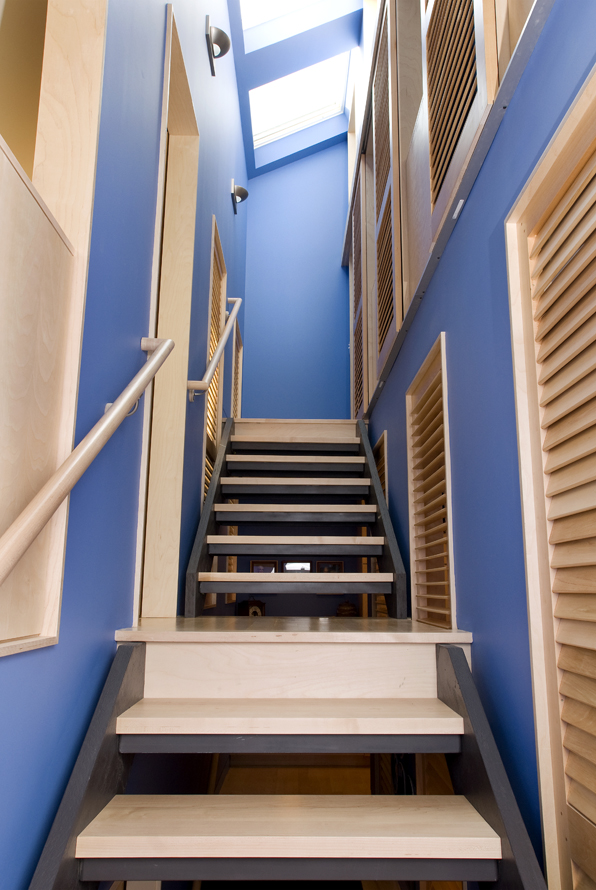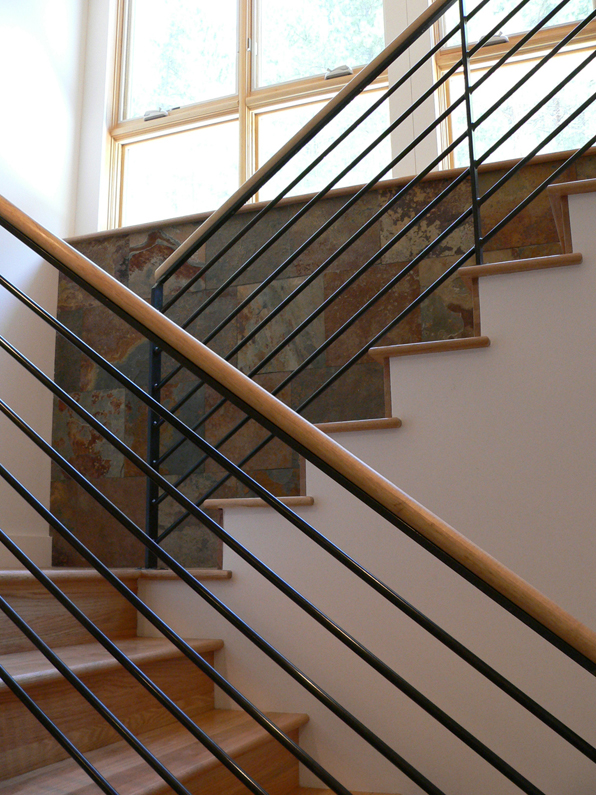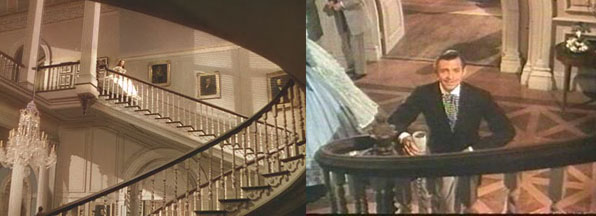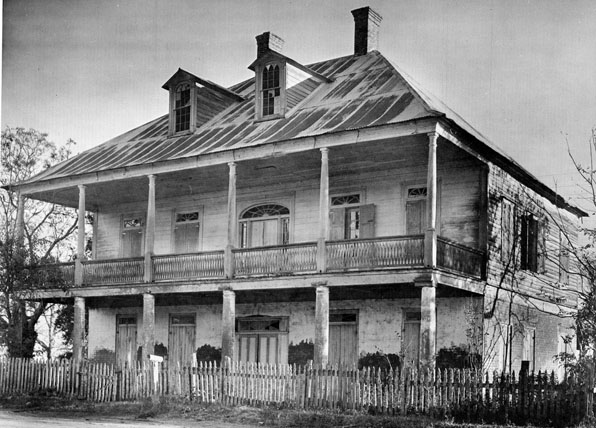It's been over twenty years since I was in Venice. That sounds inconceivable to me as that wonderful and awful city sits in such a dominant and insistent place in my memory. I haven't visited except in the dozens of drawings in now faded sketchbooks and hundreds of film negatives tucked safely away.

Of the many photos I took over the course of many months in Venice, very few have ever been printed. In that student year I took not individual rolls of film, but one long roll of 400' of black and white film that I rolled into canisters as I needed it. What came out is also many hundred feet of negatives, cut into single shooting days, as grainy and occasionally damaged as my self-processing would allow. But as avid a photographer as I was and still continue to be, it is the hand drawings that evoke not just the place, but the weather - mostly the damp and cold of a Venetian winter and spring.
Not to sound too cliche', but I drank up Venice. Its sights and sounds, smells and textures. No place has ever insinuated itself in me more nor does any place reside so strongly in my memory. I'm sure in some latent way that waterborne city makes its way into every building I design. Living now in the arid American West, damp and slimy Venice seems even more of a dream than ever. Even its name, La Serenissima, is the stuff of late night imaginings, not so much a city as a place/memory, equal parts fairytale and nightmare. I have never doubted that I will go back there, that its sharp canal smell and filtered light will once again be the stuff of sense and not of memory.
(These sketches, now a bit faded, are from a twenty year old sketchbook -the first sketchbook I carried in Venice and the beginning of a drawing habit. Some decades later I see these clumsy early drawings with some affection as the first sketches in the first sketchbook in a collection that now has over fifty sketchbooks and folios. )



















